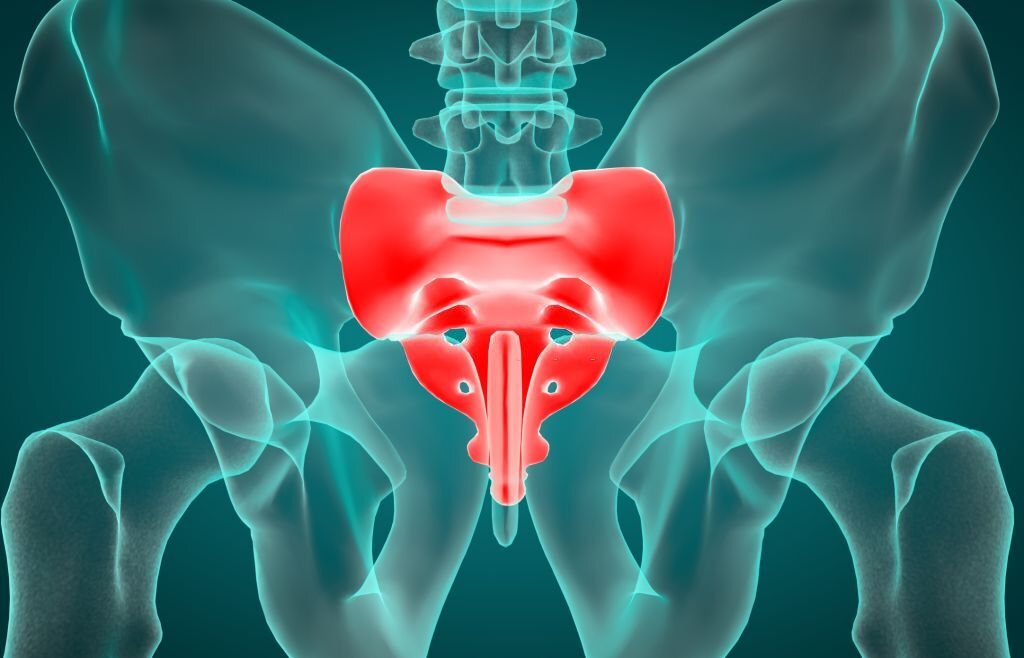Organ Prolapse Treatment in Punjab
Pelvic Organ Prolapse
Pelvic Organ Prolapse is a condition in which the bladder, uterus, or rectum starts dropping down and exerting pressure against the vagina. This might sound very disheartening but there are ways to treat the condition. The condition can treat both with and without surgery. POP treatment consists of both surgical and nonsurgical treatments.
Nonsurgical Treatments
Pessary: It recommends as a primary treatment for POP. It helps in supporting the pelvic organs. It is a ring-like device that inserts into your vagina.
Kegel exercises: These exercises recommend for strengthening the pelvic muscles. It is akin to holding your bladder when you have urinary pressure. Squeezing your bladder to hold it does the trick. In one cycle, do it for 5 seconds, relax and then do it again. Repeat the cycle up to 15 times each day and gradually increase the number of cycles. The prolapse might get better or disappear.
Biofeedback therapy: This therapy teaches you how to contract your pelvic muscles through abdominal control and breathing techniques.
What are the Treatments for Pelvic Organ Prolapse?
If the condition is severe and the noninvasive methods have not shown any results, it is best to opt for surgical treatments of prolapse. The surgery is of two types-
Obliterative: It involves the narrowing or closing of part or all the vaginal openings. It aims at providing more support to the organs that have moved from their locations. It is best in cases where surgery has not yielded any benefit and the person is not in a state to tolerate another surgical procedure. As the vaginal opening will partially or completely close, you will be unable to have sexual intercourse after this surgery.
Reconstructive surgery: It uses to repair the pelvic floor and restore the organs to their original position. It usually involves cuts in the vaginal or the abdominal area. The surgery may perform using the traditional open surgery process or through laparoscopy.
Types of Reconstructive Surgeries
Sacrospinous ligament fixation and uterosacral ligament suspension
It improves the support of the vaginal vault or the uterus using your tissue or a vaginal mesh. The surgery involves cutting the vagina and attaching the vaginal vault to a ligament in the pelvis.
Anterior and posterior colporrhaphy
It aims at making the tissue in the pelvic organs tighter and stronger. Anterior repair uses in a case where the bladder exerts pressure on the vagina. Posterior repair uses when the rectum pushes into the back of the vagina. Your tissues or the vaginal mesh may use.
Sacrocolpopexy and sacrohysteropexy
This procedure uses surgical mesh for fixing and anchoring the organs which have dropped down. Sacrocolpopexy is used for rectifying the prolapse of the vaginal vault. Sacrohysteropexy uses for rectifying the prolapse of the uterus. These operations can perform either through open surgery or laparoscopy. Vaginal mesh is used for helping in the lifting of the sagging organs and putting them into place.
The Success Rate of Surgery
Sacrospinous ligament fixation and uterosacral ligament suspension procedures enjoy a success rate of 80 -90 %. While Sacrocolpopexy and sacrohysteropexy yield about 80 -95% results. But even after the successful surgery, other organs might prolapse.
After the Surgery
While open surgery will require more healing time, laparoscopic surgery will heal earlier. One should refrain from sex and vigorous exercise for 6 weeks. Vaginal surgery will heal much faster than abdominal surgery. The vagina may release a white creamy discharge for 4 -6 weeks after the surgery due to the stitches.
Risks With the Surgery
The following effects may arise after the surgery:
While open surgery will require more healing time, laparoscopic surgery will heal earlier. One should refrain from sex and vigorous exercise for 6 weeks. Vaginal surgery will heal much faster than abdominal surgery. The vagina may release a white creamy discharge for 4 -6 weeks after the surgery due to the stitches.
- Pain during sexual intercourse
- Pelvic pain
- Bladder incontinence
- Infection, blood clots or bleeding may be seen in some cases. There are also chances of injury to the nearby organs during the process. The mesh may also pose a risk of pain and infection.


